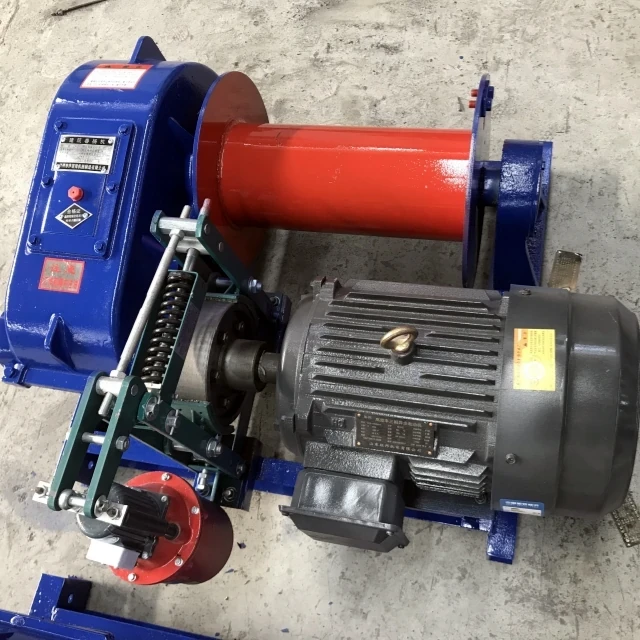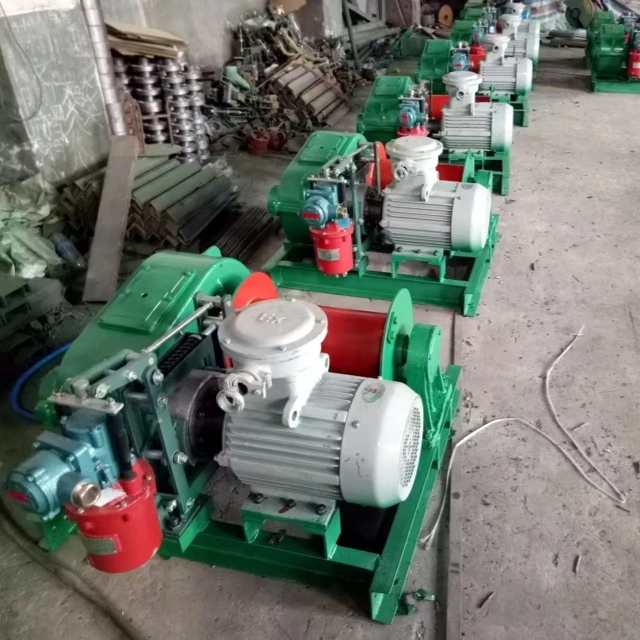Selecting the right winch isn’t just about raw pulling power—it’s about balancing technical specifications with real-world demands. Whether you’re recovering a stuck vehicle, hauling heavy loads on a job site, or launching a boat, the wrong choice can lead to equipment failure or safety hazards. This guide breaks down capacity calculations, cable types, and motor performance to help you make an informed decision tailored to your specific use case.
Selecting the Right Winch Capacity
Calculating Dynamic Load: Terrain, Vehicle Weight, and Safety Margins
A winch’s rated capacity (e.g., 10,000 lbs) is its static limit—but real-world conditions add dynamic forces. For example:
- Vehicle recovery: Multiply your vehicle’s gross weight by 1.5 for steep/muddy terrain. A 5,000-lb SUV needs a minimum 7,500-lb winch.
- Safety margin: Add 30% to the calculated load. A 7,500-lb requirement becomes 9,750 lbs—round up to a 10,000-lb winch.
Ever wondered why off-roaders carry extra rigging gear? Dynamic loads spike when recovering from angles or uneven ground.
Heavy-Duty vs. Light-Duty Use Cases
- Heavy-duty (industrial/construction): Continuous use demands a winch rated for 150% of max expected load. Hydraulic systems excel here (discussed later).
- Light-duty (recreational/boating): Electric winches with intermittent duty cycles suffice, but prioritize waterproofing for marine use.
Winch Cable Types: Beyond Weight and Durability
Safety Risks of Steel vs. Synthetic Cables
| Steel Cable | Synthetic Rope |
|---|---|
| Higher abrasion resistance | Lighter (floats if dropped in water) |
| Prone to kinking/fraying | No dangerous recoil if snapped |
| Conducts electricity (risk in storms) | UV degradation over time |
Pro Tip: Synthetic ropes are safer for off-roading but require regular inspection for fraying. Steel cables need lubrication to prevent corrosion.
Maintenance and Environmental Factors
- Saltwater exposure: Stainless-steel cables resist rust but cost 2–3× more. Synthetic ropes degrade faster in UV-heavy climates.
- Storage: Coil cables loosely to prevent memory knots; rinse after mud/sand use.
Motor Types: Performance vs. Practicality
Electric Winches in Off-Roading
Electric winches (like those from Garlway) use permanent magnet motors (PMDC) for:
- High torque at low speeds: Critical for slow, controlled recoveries.
- Battery efficiency: PMDC motors draw less current than series-wound motors, reducing drain on your vehicle’s battery.
Did you know? A winch’s "power-out" mode (motor running in reverse) allows controlled boat launching—a feature common in premium electric models.
Limitations:
- Overheating during prolonged use (ideal for short bursts).
- Waterproofing is essential; submerging can damage electrical components.
Hydraulic Systems in Industrial Settings
Hydraulic winches shine in continuous-use scenarios (e.g., construction, logging):
- Reliability: No overheating issues; powered by the vehicle’s power steering pump.
- Drawbacks: Slower line speed and complex installation.
Conclusion: Key Takeaways for Your Winch Purchase
- Capacity: Calculate dynamic load + 30% safety margin.
- Cable: Prioritize synthetic for safety (off-roading) or steel for durability (industrial).
- Motor: Electric (PMDC) for recreation; hydraulic for heavy-duty cycles.
For reliable performance, explore Garlway’s range of winches designed to meet these diverse needs—from rugged off-road recovery to precision industrial lifting.
Final Thought: A winch is only as good as its setup. Pair your choice with proper rigging gear and regular maintenance to ensure safety and longevity.
Related Products
- Electric and Hydraulic Winch for Heavy Duty Applications
- Warn Winch Windlass Boat Trailer Winch
- Electric 120V Boat Winch by Badlands
- Best 18000 Pound Drum Anchor Trailer Winch
- 12000 lb Heavy Duty Electric Boat Winch
Related Articles
- How to Choose and Safely Operate Winches for Construction Efficiency
- How Electric Winches’ Engineering Enhances Efficiency and Safety in Heavy-Duty Applications
- How Quick Winch Rope Speed Transforms Industrial Efficiency
- How to Choose and Optimize a Winch for Any Job: Power, Capacity, and Environment
- How Winch Technology Solves 5 Critical Heavy-Load Challenges





















